Asparagus
What is Asparagus?
Asparagus is a flowering perennial plant which grows edible fleshy green spears that are harvested in spring. The young, tender and succulent spears are not only regarded as a delicacy in numerous cuisines all over the world, but also have many health benefits and medicinal uses. One can easily grow them at home by planting the Asparagus crowns in well-drained, sandy soil in a sunny location.
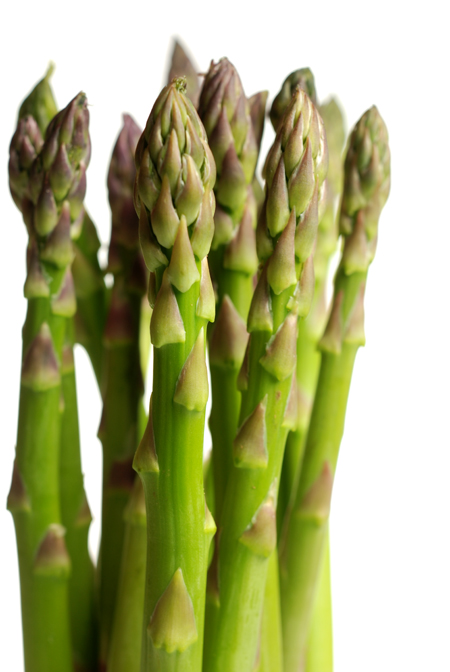
Asparagus
Table Of Content
Scientific Name
The scientific name for this vegetable is Asparagus officinalis. Earlier, it was classified as a member of the Lily or Liliaceae family along with Allium vegetables like garlic and onion. But, the Lily family was later split into two separate families: Asparagaceae (Asparagus) and Amaryllidaceae (Allium plants).
Other Names
Find out what it is known as in other languages:
- Italian: Asparagi
- Spanish: Espárragos
- Chinese: Lúsǔn
In Indian Languages
- Hindi: Shatwar, Musli and Sootmooli
- Urdu: Musli and Shootmooli
- Kannada: Śatāvari
- Tamil: Thanneervittaan
- Telugu: Pilli Peechara
- Marathi: Śatāvarī
Description
The herbaceous, perennial plants grow anywhere between 100 cm and 150 cm in height with sturdy branches and feathery foliage. They grow yellowish or greenish-white bell-shaped flowers and small round fruits that are poisonous to humans. The stems of the plants modify into the spears that are used as vegetables. Here is a general description of the spears:
Shape: Their shape resembles a needle or spear; hence, they are referred to as “spears” rather than stem. They grow in clusters with each cluster having 4 to 15 spears.
Size: The length varies from 6 mm to 32 mm while the average width of the spears is 1 mm.
Color: The color varies from green to white and purple depending on the variety.
Flavor and Taste: They are highly valued for their distinctive flavor and succulent texture. The strong yet delicate vegetable taste makes them an excellent ingredient for various
Varieties
The vegetable is available in the following varieties:
- Green Asparagus
- White Asparagus
- Purple or Violet Asparagus
- Wild Asparagus
Where Does It Grow?
It is indigenous to various regions of Europe, western Asia and Northern Africa. However, at present it is widely cultivated as a popular vegetable crop throughout the world.
Nutritional Value
Here is the nutritional value for 100 gm of the green vegetable:
| Nutrients | Amount (Daily Value) |
| Energy | 85 kJ (20 kcal) |
| Carbohydrates | 3.88 g |
| – Sugars | 1.88 g |
| – Dietary fibre | 2.1 g |
| Fat | 0.12 g |
| Protein | 2.2 g |
| Vitamin A equivalent | 38 μg (5%) |
| – beta-carotene | 449 μg (4%) |
| – lutein and zeaxanthin | 710 μg |
| Vitamin B1 (Thiamine) | 0.143 mg (12%) |
| Vitamin B2 (Riboflavin) | 0.141 mg (12%) |
| Vitamin B3 (Niacin) | 0.978 mg (7%) |
| Vitamin B5 (Pantothenic acid) | 0.274 mg (5%) |
| Vitamin B6 | 0.091 mg (7%) |
| Vitamin B9 (Folate) | 52 μg (13%) |
| Choline | 16 mg (3%) |
| Vitamin C | 5.6 mg (7%) |
| Vitamin E | 1.1 mg (7%) |
| Vitamin K | 41.6 μg (40%) |
| Calcium | 24 mg (2%) |
| Magnesium | 14 mg (4%) |
| Manganese | 0.158 mg (8%) |
| Iron | 2.14 mg (16%) |
| Potassium | 202 mg (4%) |
| Phosphorus | 52 mg (7%) |
| Sodium | 2 mg (0%) |
| Zinc | 0.54 mg (6%) |
Health Benefits
There are countless health benefits to be derived from the vegetable as it contains almost all the essential nutrients. Here are the most important health benefits of Asparagus:
Anti-Aging Properties: The glutathione in this vegetable contains 3 amino acids – glycine, glumatic acid and cysteine- that combine together to form a molecule, which acts as an oxidation-reduction agent in the human body. The anti-aging properties of Asparagus come from its rich glutathione content, which fights the free radicals in the body to slow down the aging process. It is also rich in other antioxidants such as vitamin A, vitamin C, manganese, selenium and zinc.
Fights against Cancer: Oxidation and chronic inflammation of different cells of the body often leads to various types of cancers. The antioxidant and anti-inflammatory properties of this vegetable make it highly beneficial for fighting against lung, colon, bladder, breast, ovarian, prostate and other cancers.
Good for Heart: It is rich in the B complex vitamin folate, which is essential for maintaining proper cardiovascular system health. Folate plays a major role in the biochemical event named methylation cycle, which is responsible for the proper DNA transcription, serotonin to melatonin transformation as well as norepinephrine to adrenalin transformation. Folate also regulates the amount of homocysteine amino acid. High levels of this amino acid in the body can increase the risk of various heart diseases. Asparagus is a rich source of various B complex vitamins, such as choline, pantothenic acid and biotin, which helps in the metabolism of sugars and starches for managing the blood sugar levels.
Diuretic Properties: It contains the amino acid named asparagines. The diuretic properties of asparagines make the vegetable beneficial for fighting conditions like rheumatism, arthritis, swelling as well as water retention associated with PMS.
Prevents Birth Defects: Folate is an essential nutrient for regulating the embryonic and the fetal nerve cell development. It is also believed to reduce the risk of premature birth. The rich folate content of Asparagus makes it highly beneficial for preventing many serious congenital defects like spina bifida.
Prevents Osteoporosis and Osteoarthritis: It is one of the richest sources of vitamin K, which is believed to help in preventing osteoporosis and osteoarthritis. Vitamin K is essential for proper bone formation, bone repair and osteocalcin synthesis. Osteocalcin is essential for the crystallization of calcium for bone development.
Works as a Detox: The rich potassium contents of the vegetable make it useful for getting rid of excess belly fat. Its fiber content helps to cleanse the digestive system of any harmful materials. According to experts, Asparagus is one of the best Detox vegetables, having a small amount of calorie and no cholesterol.
Diet and Digestion: Inulin, a type of carbohydrate present in this vegetable, promotes the growth of Lactobacilli and Bifidobacteria bacteria that help in nutrient absorption. They also help to reduce the risks of intestinal tract infections by preventing the growth of harmful bacteria in the stomach. Asparagus also helps to prevent urinary tract infections. Additionally, the vegetable contains around 10% of the recommended daily allowance of protein and 11% of the recommended daily allowance of dietary fiber. Protein and fiber are essential for stabilizing the digestion, curbing overeating, preventing constipation and maintaining the blood sugar.
Rich Source of Vitamin C: All varieties of Asparagus, especially the green one, are excellent sources of vitamin C. Vitamins C is essential for producing and maintaining the levels of collagen, which is the main protein building block of the human connective tissues.
Uses
As mentioned above, it has countless culinary and medicinal uses:
Edible Uses
- The young shoots are commonly used for making various appetizers and side dishes.
- They are often added to stir-fried non-vegetarian dishes, especially chicken, beef and shrimp dishes.
- Chopped or sliced spears are used for preparing soups and stews.
- Raw Asparagus is popularly used for enhancing the flavor and taste of cold salads.
- It adds and appealing color and flavor to omelets.
- It is often used, along with olive oil and various herbs (rosemary, thyme, tarragon), for tossing pasta dishes.
Medicinal Uses
- Paste made from these leaves is an effective home remedy for small pox as well as skin irritations and burns.
- Decoction or juice made from the roots of this plant is drunk for cleansing the body of various toxic materials.
- Asparagus is an effective natural remedy for depression.
- Medicated oil extraction of the plant is used for reducing lower back pain, inflammations and sciatica. It is also useful for treating paralysis.
- Its roots are used for treating tumors, nervous disorders, dyspepsia, throat infections, cough bronchitis and scalding of urine. The roots are also useful for fighting weakness and lethargy.
- It is commonly used in Ayurvedic medicine for alleviating various ailments.
- Consuming cooked Asparagus increases bowel evacuations.
- According to some research, leaf and shoot extracts can help to fight hangover. Their extracts are believed to boost the levels of certain enzymes that help to break down alcohol, thus getting rid of a hangover.
Other Uses
It is often grown with tomatoes as a companion plant. Asparagus repels certain root nematodes that are harmful for tomato plants. The tomatoes in turn work as a repellent for asparagus beetle.
Recipes
Here are the names of some of the most popular dishes:
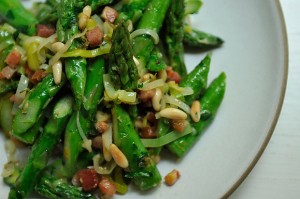
Asparagus Recipe
- One-Pan Salmon with Roast Asparagus
- Asparagus, Mozzarella & Prosciutto Parcels
- Flambéed Chicken with Asparagus
- Mini Prosciutto & Asparagus Frittatas
- Asparagus Lasagna
- Roasted Asparagus, Pancetta & Cherry Tomato Pasta
- Chicken Fricassée with New Potatoes & Asparagus
- Asparagus and Cheddar Quiche
- Tuna, Asparagus & White Bean Salad
- Shrimp & Asparagus Pasta
- Asparagus and Parmesan Tarts
- Asparagus Wrapped Prosciutto
- Barbecued Lamb Chops with Asparagus, Couscous and a Butternut Squash Ring
- Vegan Creamy White Asparagus Soup
- Asparagus Soufflé
- Oven Roasted Bacon Wrapped Asparagus
- Baked Asparagus with Balsamic Butter Sauce
- Wild Mushroom and Asparagus Risotto
- Steamed Asparagus with Shallot Vinaigrette
- Crispy Prosciutto-Wrapped Asparagus
- Grilled Asparagus with Olive Oil, Lemon & Parmesan
- Chicken and Asparagus Casserole
- Fried Asparagus with Caesar Dressing
- Asparagus Appetizer Roll-ups
- Balsamic Broiled Asparagus
- Shaved Asparagus Pizza
- Sautéed Garlic Asparagus
- Asparagus Pie
- Baked Asparagus Dip
- Asparagus Gratin
- Oven Roasted Bacon Wrapped Asparagus
- Roasted Asparagus with Scrambled Eggs
- Roasted Asparagus with Hollandaise
- Spinach And Asparagus Pesto
Substitutes
No other vegetable can perfectly replace it to produce the same delicious taste in a dish. But, various vegetables like artichokes, bitter melon, green papaya, durian, Brussels sprouts, green beans and broccoli can be used as a substitute for this vegetable in case it is absolutely unavailable.
How to Cook
The spears should be washed properly with cold water as the tips and hollow stems often have sand and dirt deposits because the plants are grown in sandy soils. Then the woody base of the spears should be snapped off to collect the tender green part. The scales covering the spears can be scraped off using a vegetable peeler to give the spears a smooth and clean texture. The spears can be cooked whole or cut in small pieces before cooking. Removing the scales also makes it easier to chop or slice the vegetable.
There are numerous different ways to cook Asparagus, including boiling, baking, grilling, roasting, barbequing, stir frying and sautéing. How long the cooking will take, depends on the method.
How to Grill: The spears should be brushed with butter or olive oil before grilling to prevent them from sticking to the grill rack. Then, grill uncovered for about 7-10 minutes while turning occasionally for even cooking.
How to Steam: A steamer basket should be placed in a large saucepan containing some water. The water level should be just below the basket’s bottom when it starts boiling. Then, the Asparagus spears should be cooked in the steamer basket for 3-5 minutes until tender.
How to Bake or Roast in a Microwave: The oven should be pre-heated at 450°F. Next, the washed and marinated Vegetables should be placed in a microwave-proof dish and then cooked for about 15 minutes until they turn crispy tender.
How to Boil: It is advisable to tie the spears in bundles before boiling them so that one can remove them from the hot water as soon as they are cooked. Boil the bundled spears in a large covered pan for 3 to 6 minutes. Remove the pan from the stove once the vegetable turns crisp tender.
How to Blanch: Blanching is another popular cooking method which involves boiling the vegetable and then shocking it by putting it into ice water. The result is freshly cooked, yet cold, tender Asparagus spears.
One can also puree the spears to serve it with various vegetable dishes.
Side Effects
It does not cause any side effects when consumed occasionally in moderate food amount. However, overconsumption may lead to various unpleasant problems including the following:
- Frequent urination
- Foul smell in urine
- Gas
Eating the vegetable or applying it on the skin as medicine can cause allergic reactions in some individuals.
During Pregnancy
Eating this vegetable while pregnant is beneficial for proper fetal development. However, overconsumption should strictly be avoided during this time as it may lead to various complications. It is advisable consult a doctor regarding the safe amount to consume during pregnancy.
Where to Buy
Fresh spears are available at local vegetable stores and farmers markets during the spring season. Some shops may store them for off-seasons. Pickled and canned spears are available throughout the year.
How to Store
It is not advisable to wash or soak the spears before storing. The end of each spear has to be trimmed properly before they are placed upright in a tall jar with approximately 1 inch deep water. Then, a plastic sheet or bag should be used for covering the vegetable properly before storing them in the refrigerator. The vegetables remain fresh for around 2 days when stored in this manner.
The spears can also be preserved for a few days simply by placing them in plastic bags to freeze them in the refrigerator.
Interesting Facts
Find out some fascinating facts about it:
- The green variety of the vegetable is so popular in the Sacramento-San Joaquin River Delta region, in California that a yearly festival is held in Stockton for celebrating the harvesting of the crop.
- Asparagus festivals are held in many other places including Evesham in Worcestershire, Hart in Michigan as well as various German cities. Many of these festivals include parades and crowning of an Asparagus Queen.
Pictures
Check out the following images to find out about its appearance.
References:
https://plantvillage.psu.edu/topics/asparagus/infos
https://www.health.com/nutrition/asparagus-health-benefits
https://discover.hubpages.com/health/10-Super-Health-Benefits-of-Asparagus
http://www.bhg.com/recipes/how-to/cook-with-fruits-and-vegetables/how-to-cook-asparagus/
- by Deepamala Bhattacharya
- May 30th 2013

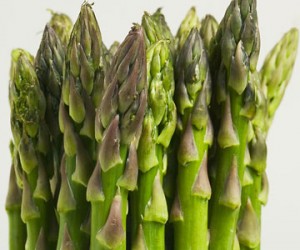
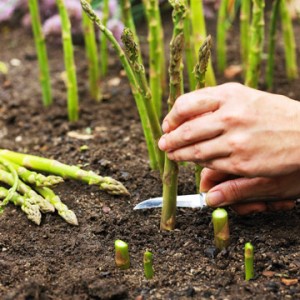
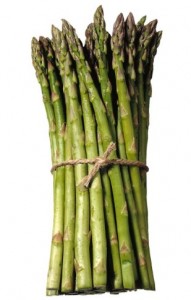
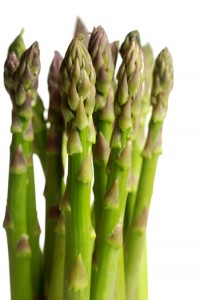
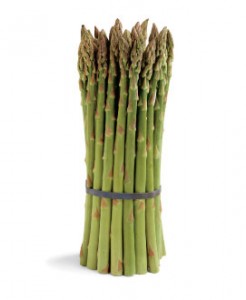
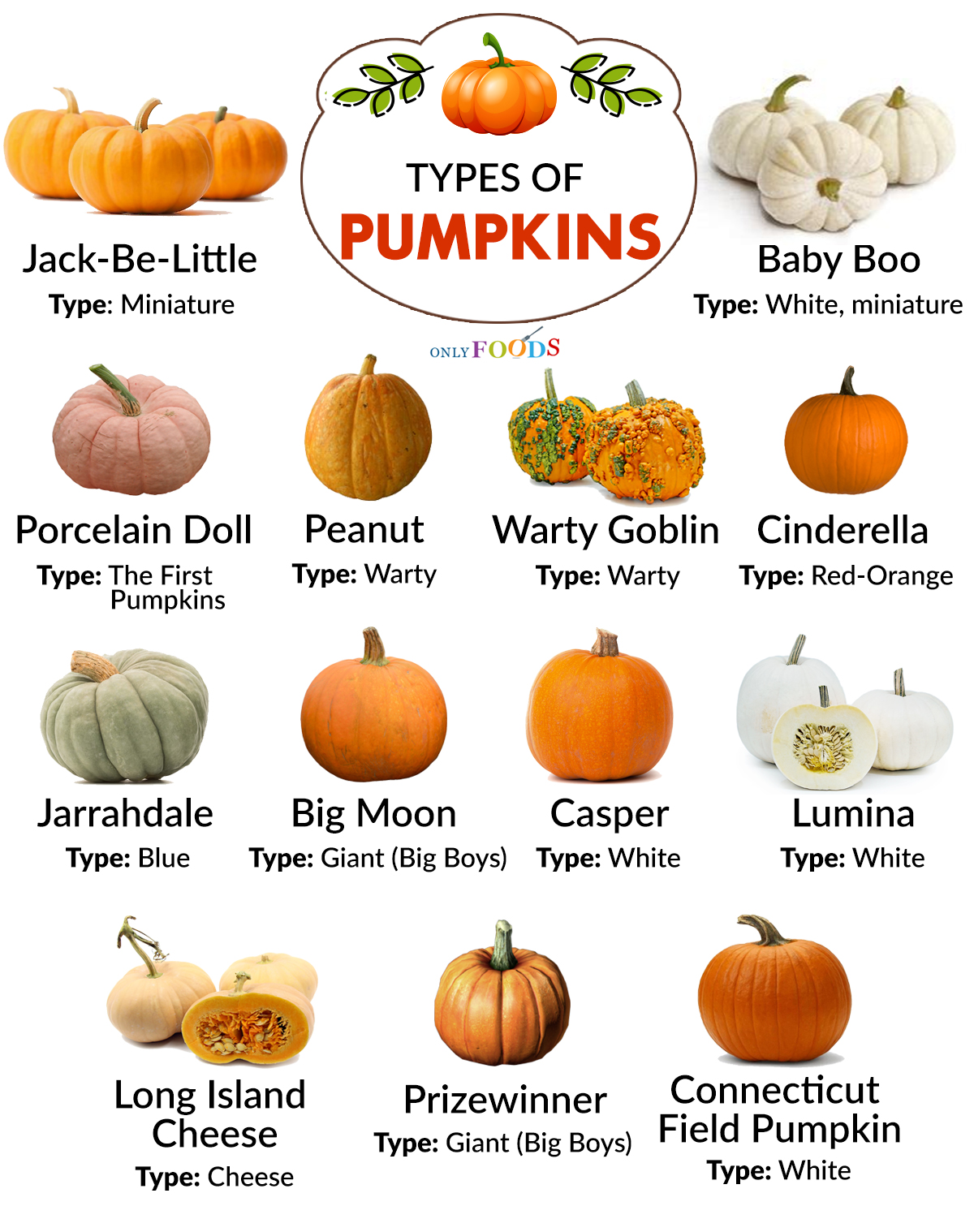
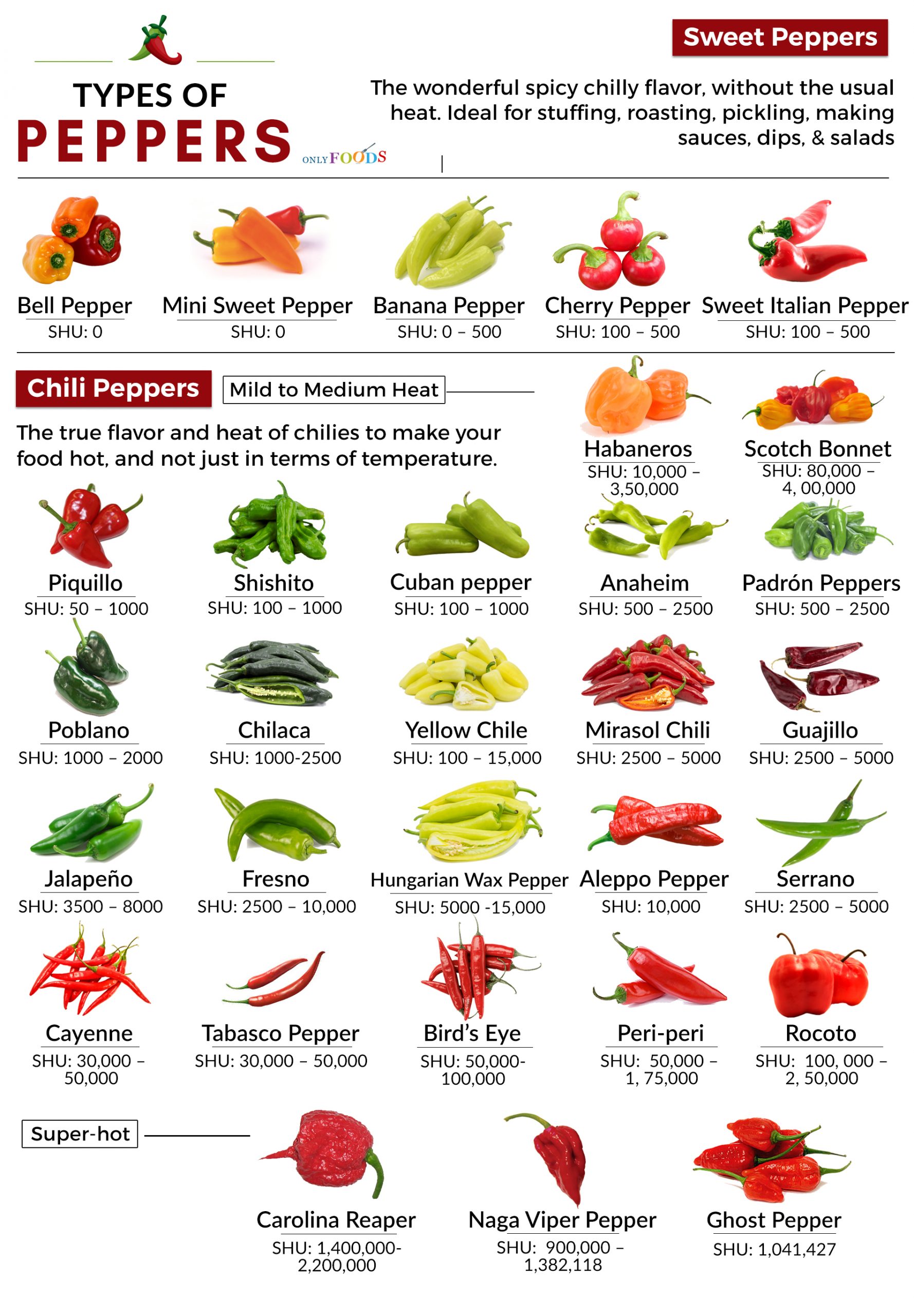
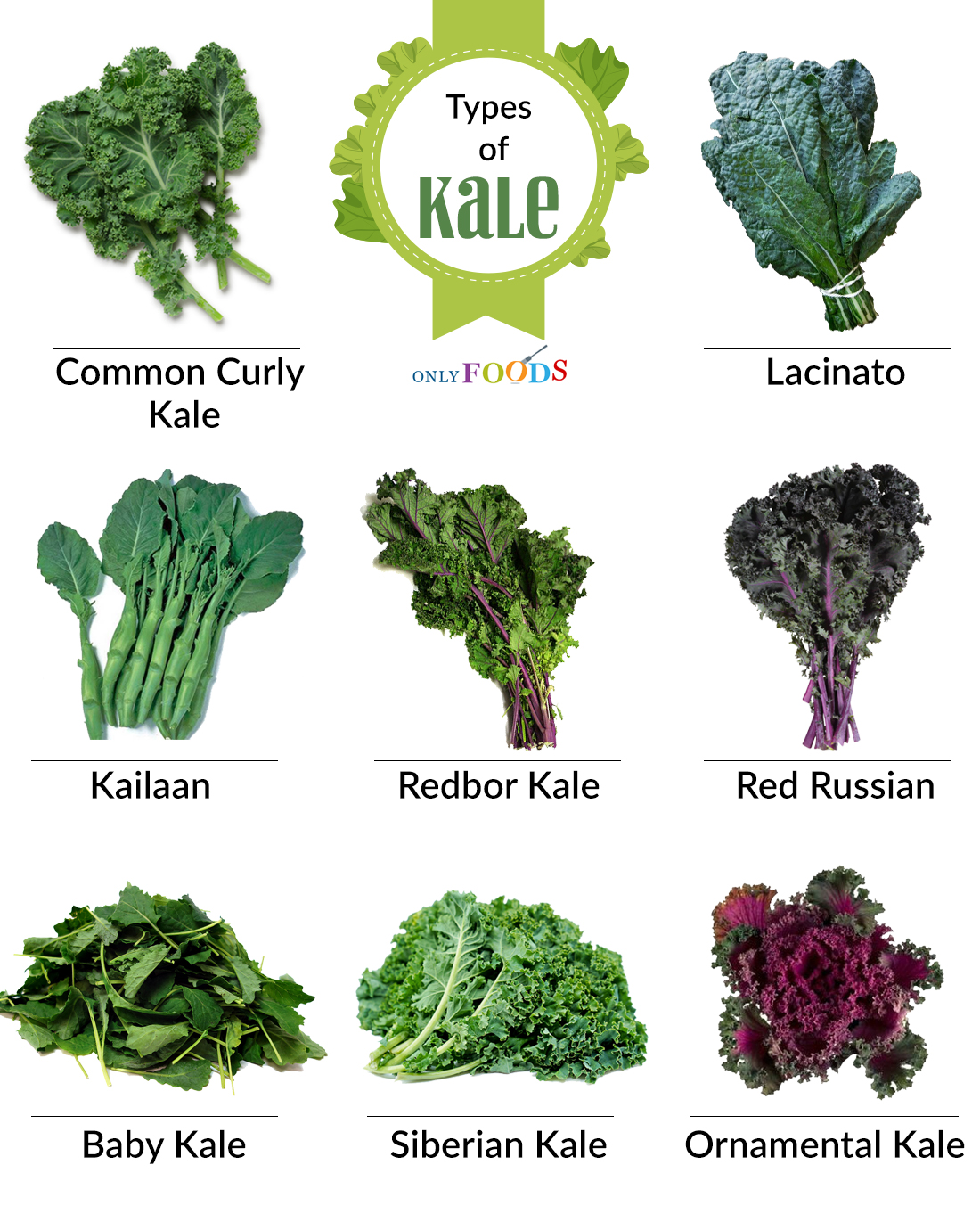
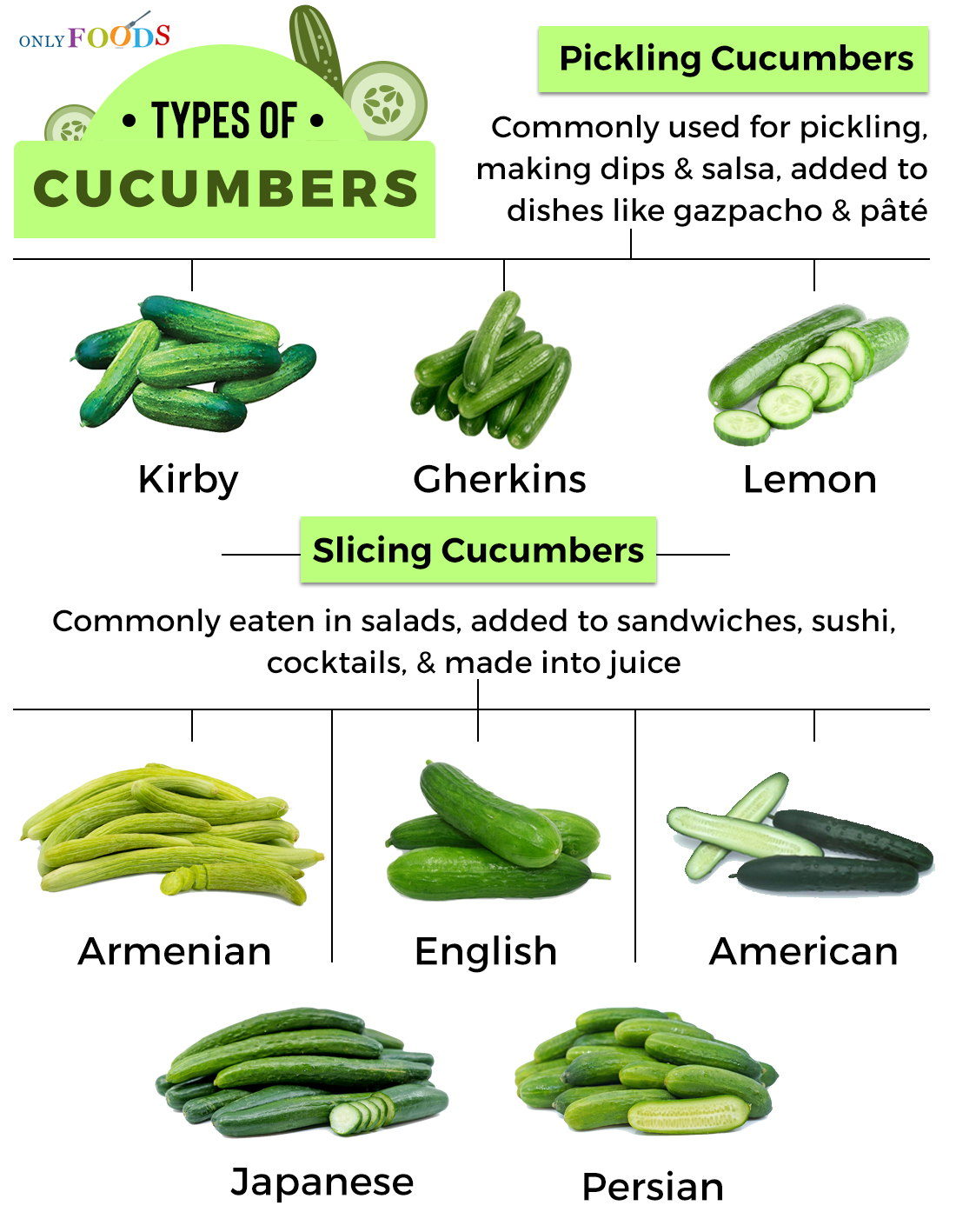















Leave a Reply